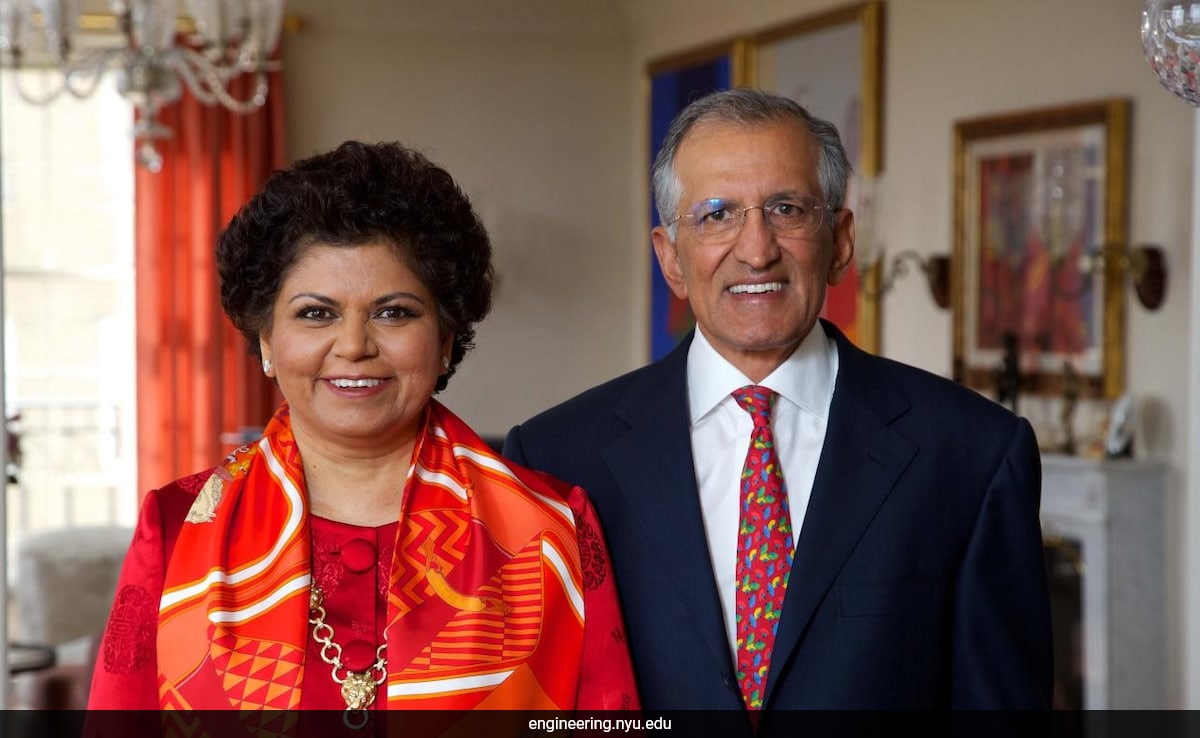Three Israeli hostages were released Sunday as part of a long-awaited ceasefire between Israel and Hamas. They are the first of 33 that Hamas is expected to free during the first phase of the deal.
A transfer to the Israel Defense Forces and Israel Security Authority was underway just after 5:30 p.m. local time, those agencies said in a joint announcement. Both IDF special forces and ISA forces will accompany the freed hostages back to Israeli territory, where they will undergo initial medical evaluations, according to the announcement.
“The commanders and soldiers of the Israel Defense Forces salute and embrace the released hostages as they make their way home to the State of Israel,” they said.
The hostages released were confirmed as 24-year-old Romi Gonen, 31-year-old Doron Steinbrecher and 28-year-old Emily Damari.
Hostage and Missing Families Forum
Prime Minister Benjamin Netanyahu said they had endured a horrific ordeal.
“I know, we all know, they have been through hell. They are emerging from darkness into light, from bondage to freedom,” he said.
“They appear to be in good health,” President Biden said in brief remarks as they were arriving in Israel.
The ceasefire officially began earlier Sunday after a last-minute delay of almost three hours. The fighting continued past the initially provisioned 8:30 a.m. local (1:30 a.m. Eastern) deadline as the Israeli military said Hamas had failed to provide the names of the first three hostages due to be released, per the terms of the agreement.
In Gaza, fighter jets and drones were reported to have disappeared from the skies as the deal took effect, and at least 191 aid trucks were said to have begun entering into Gaza through the Karem Shalom crossing.
Dawoud Abo Alkas/Anadolu via Getty Images
The first phase of the ceasefire calls for Hamas to release 33 hostages over a six-week period. They include women, children and hostages over 50 years old, a draft viewed by CBS News said.
The plan says three living female hostages will be returned on Day 1. Four hostages will be released on Day 7, and the remaining 26 over the next five weeks.
CBS News
The pause — the second in the 15-month-long war — was achieved through joint pressure from President-elect Donald Trump and the outgoing administration of President Biden.
On Wednesday, Mr. Biden and Qatar’s prime minister separately announced the deal after a week of intense negotiations mediated by Qatar, the U.S. and Egypt.
In a post on Truth Social, Trump welcomed the impending release of the three hostages.
“Hostages starting to come out today! Three wonderful young women will be first,” he wrote Sunday morning.
In a rare meeting during the Jewish Sabbath, Israel’s full Cabinet voted to approve the deal.
Majdi Fathi/NurPhoto via Getty Images
The approval set off a flurry of activity and a fresh wave of emotions as relatives wondered whether hostages would be returned alive or dead.
How the hostage release will work
Under the negotiated deal, the ceasefire will be in three phases.
The first phase of the ceasefire will last 42 days, and negotiations on the far more difficult second phase are meant to begin just over two weeks in.
After six weeks of the first phase, Israel’s security cabinet will decide how to proceed.
In total, Hamas would release 33 hostages during the first phase. Hamas would start releasing hostages on the first day, initially returning three to Israel, according to the draft viewed by CBS News. On the seventh day, Hamas would release four hostages. Thereafter, Hamas would release three hostages every seven days, starting with the living, and then moving on to return the bodies of those who have died.
/ Getty Images
During each exchange, Palestinian prisoners will be released by Israel after the hostages have arrived safely.
Mr. Biden said Wednesday that Americans would be among the hostages released in the first phase of the agreement, but he did not specify any names or how soon they would be freed.
In phase one, Israel will release at least 1,700 Palestinian prisoners, including 1,167 Gaza residents who were not involved in the Oct. 7, 2023, Hamas-led attack that sparked the war. All women and children under 19 from Gaza held by Israel will be freed during this phase.
The remainder of the hostages in Gaza, including male Israeli soldiers, are to be released in a second phase that will be negotiated during the first. Hamas has said it will not release the remaining captives without a lasting ceasefire and a full Israeli withdrawal.
When does fighting stop
During the ceasefire’s first phase, Israeli troops are to pull back into a buffer zone about a half mile wide inside Gaza along its borders with Israel.
In the interim between 8:30 a.m. and when the ceasefire took hold, Israeli fire killed at least 26 people, according to Gaza’s Health Ministry. It did not say whether they were civilians or fighters. The military has warned people to stay away from Israeli forces as they retreat to a buffer zone inside Gaza.
Ali Jadallah/Anadolu via Getty Images
Despite the caveats and uncertainty, anticipation was high.
“The first thing I will do is go and check my house,” Mohamed Mahdi, a father of two who was displaced from Gaza City’s Zaytoun neighborhood, told the Associated Press. He also looked forward to seeing family in southern Gaza, but is “still concerned that one of us could be martyred before we are able to meet.”
The Hamas-led attack on Oct. 7, 2023, killed approximately 1,200 people in Israel and left some 250 captive. Nearly 100 hostages remain in Gaza.
Israel responded with an offensive that has killed more than 46,000 Palestinians, according to the Hamas-run Gaza health ministry, which does not distinguish between civilians and militants, but says women and children make up more than half the dead.












